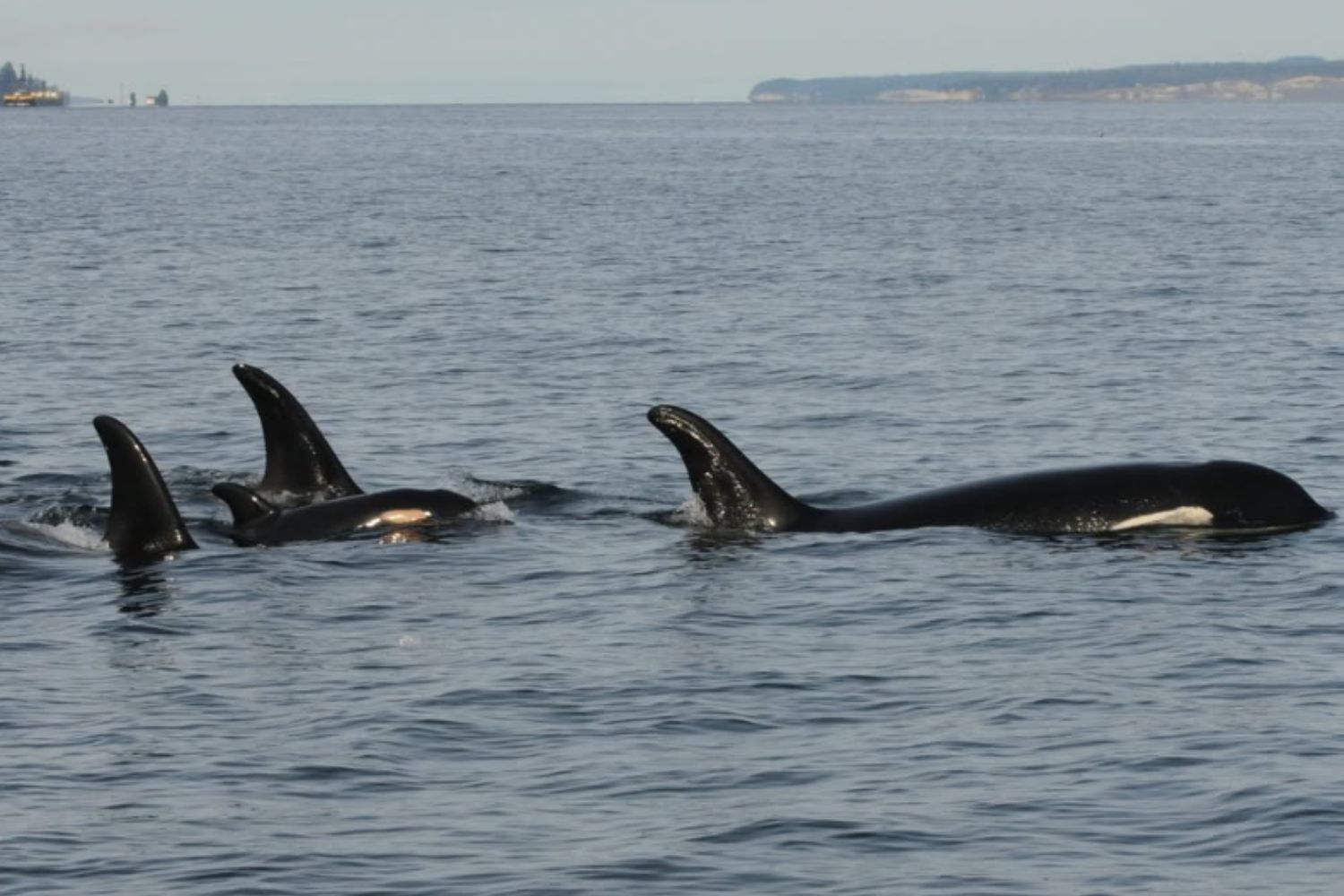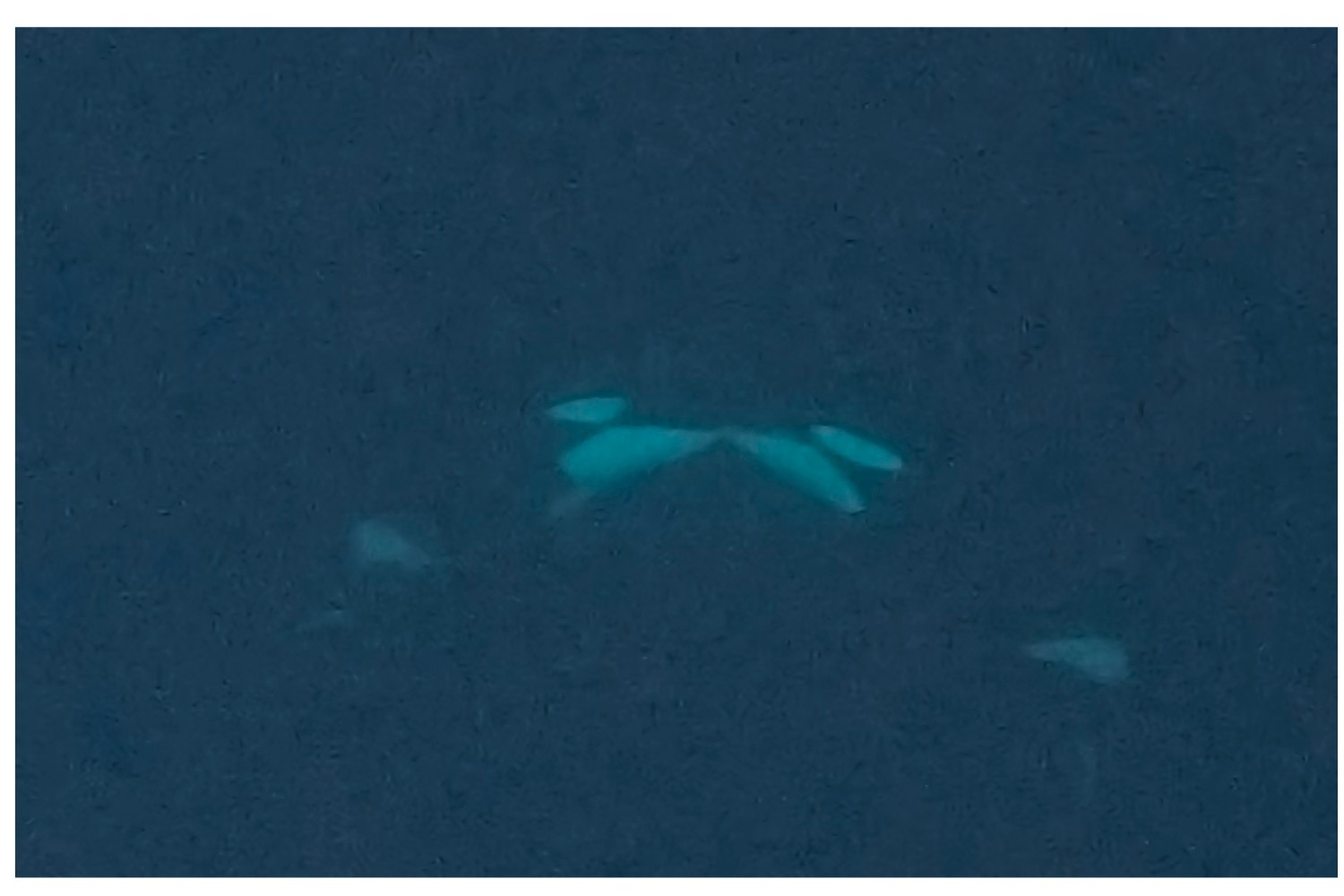For the first time, wild orcas have been seen gently biting each other’s tongues—a newly documented affiliative behavior that reveals the complexity of cetacean social bonds.

@centerforwhaleresearch (IG)
A rare moment in Norwegian waters
For the first time in recorded history, two orcas have been observed kissing with their tongues—or more accurately, gently nibbling on each other’s tongues—in the wild. This never-before-seen behavior was spotted by a group of hikers exploring the icy fjords of Kvænangen, north of Tromsø, Norway. The encounter took place on October 31, 2024, and was captured on video. It quickly drew the attention of marine researchers and has since been published in the scientific journal Oceans.

@Ocean
Not just a kiss
To the human eye, it might look like a tender gesture—two massive black-and-white whales locked in a strangely intimate moment. But to scientists, this interaction tells a much deeper story. Experts say that this tongue-to-tongue behavior is affiliative, meaning it serves to strengthen social bonds within the pod. It’s akin to other orca rituals, such as rubbing their bodies against seaweed, which are believed to express trust, comfort, and closeness.
As biologist Anne B. Hegland explains, “This kind of interaction fits within what we call socio-sexual behaviors. It’s not about reproduction—it’s about connection.”
Captivity isn’t the full picture
This isn’t the first time such a “kiss” has been observed—but it is the first time it’s happened in the open ocean. A similar scene was recorded back in 2013 at Loro Parque, a marine zoo in Tenerife. Two captive orcas appeared to engage in the same tongue-play. However, the zoo setting cast doubt on whether the behavior was genuine or merely a reaction to captivity.
Now, that doubt is gone. The Norwegian sighting confirms that this is a natural and spontaneous behavior, found even among wild orcas living far from any human influence.
Whales speak with more than just sounds
The tongue-nibbling phenomenon isn’t limited to one orca group. Researchers suspect it’s part of a broader, cross-species cetacean behavior, shared across different genetic lines. Belugas, for example, have also been seen engaging in mouth-to-mouth interactions, especially among younger individuals. This opens a new window into how complex and physical cetacean communication can be.
As marine ecologist Dr. Erik Lundmark notes, “Among whales and dolphins, touch is just as important as sound. These interactions aren’t random—they’re part of a language we’re just starting to decipher.”
More than majestic animals
The footage, captured in the chilly northern seas, is more than a curiosity—it’s a significant insight into the rich social lives of orcas. Once again, these apex predators prove they’re not just intelligent hunters, but deeply relational beings with behaviors that challenge our assumptions and invite us to see the ocean through a more empathetic lens.
